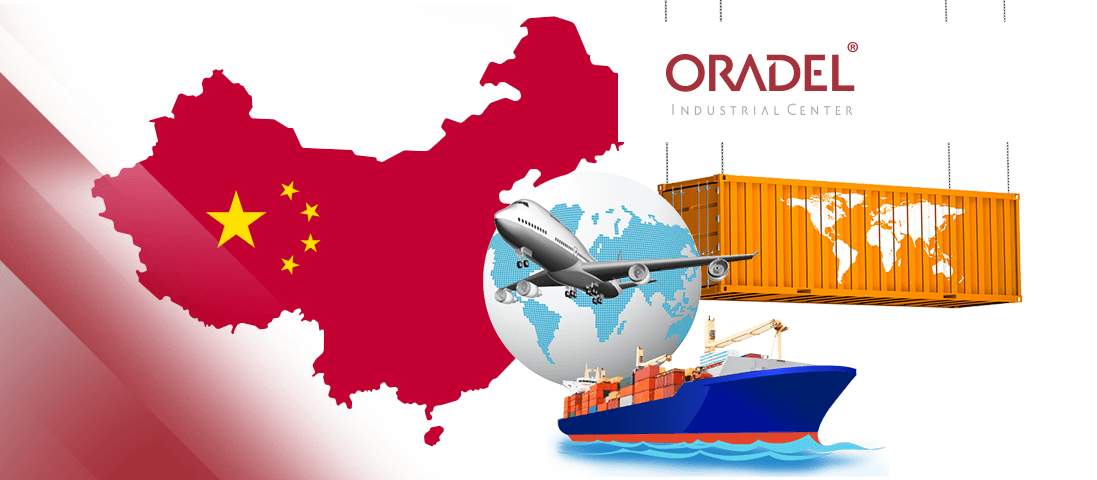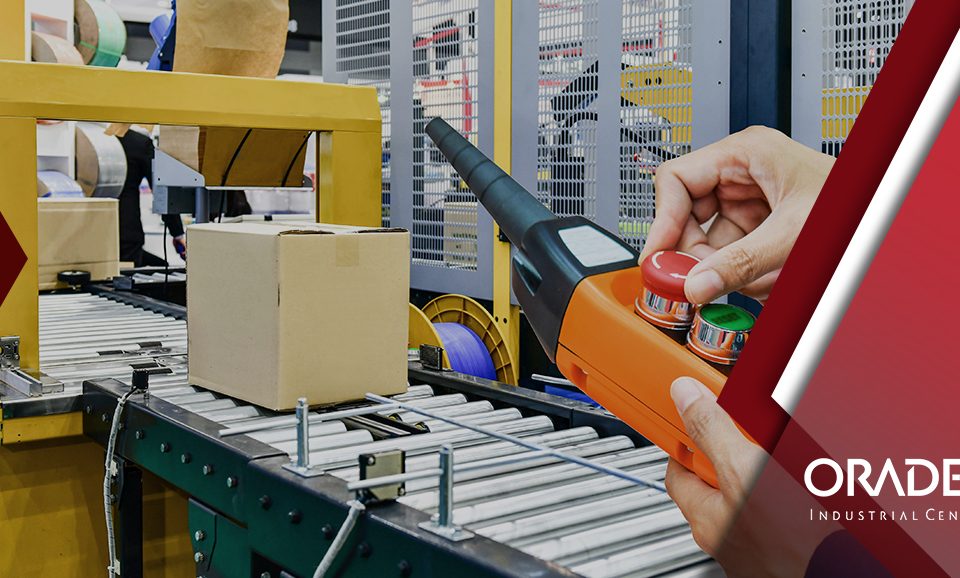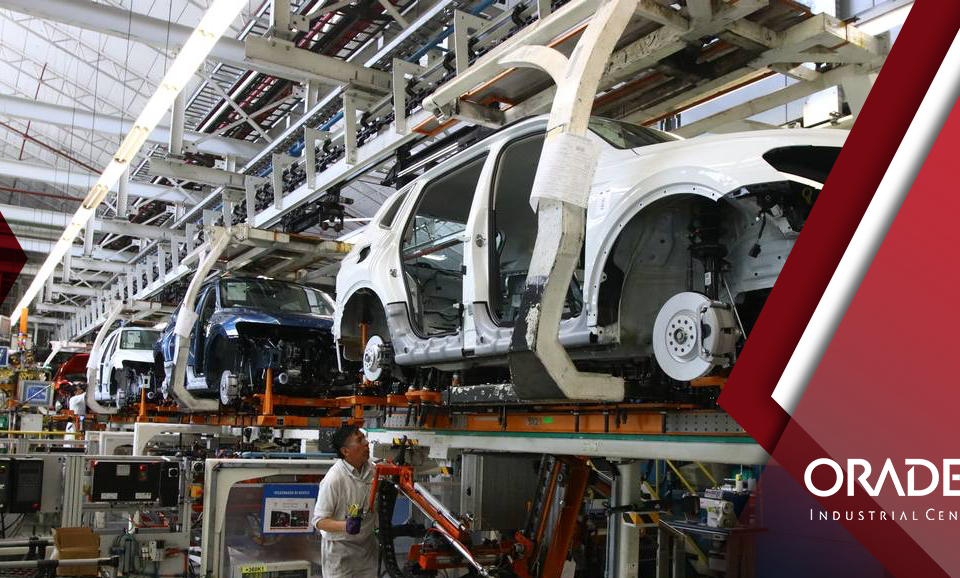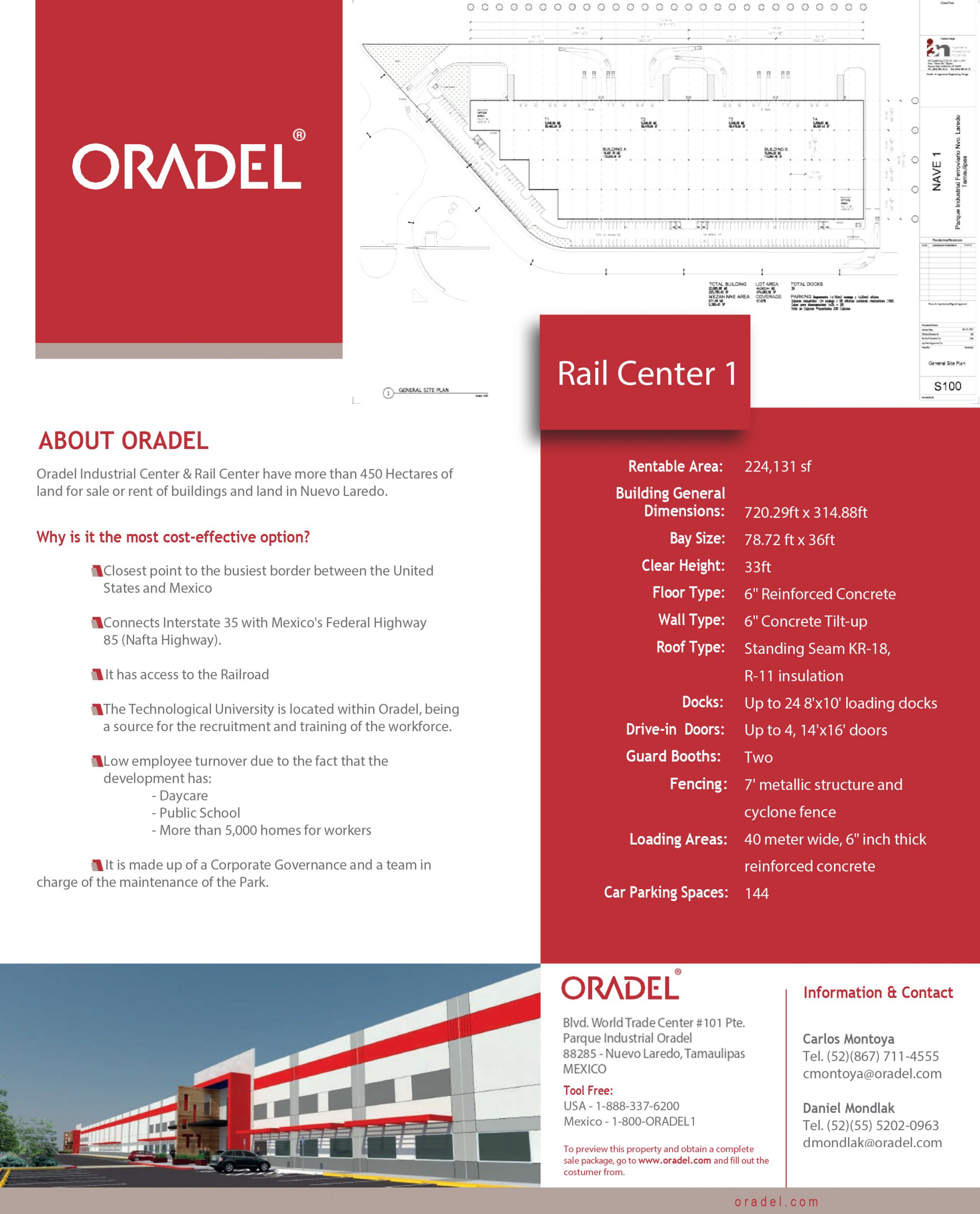USMCA helps attract Chinese investment in Mexico

USMCA to support manufacturing industry
18 December, 2020
U.S. Manufacturing Companies Consider Redesigning their Supply Chains
18 January, 2021
USMCA helps attract Chinese investment in Mexico
Chinese investments in Mexico are attracted by the export opportunities with USMCA, which will be a way to avoid the effects of the trade war between the United States and China.
According to Luis Aguirre Lang, President of the National Council of the Maquiladora and Manufacturing Export Industry (Index) since 2018, a number of Chinese companies were prospecting Mexico, and are currently established while others are in the process of analysis.
In addition, a number of companies in San Francisco, California, USA with operations in Asia are considering the option of relocating their manufacturing operations to Mexico.
Undoubtedly, the entry into force of the USMCA has reactivated a large number of Chinese investments in Mexico, mainly of Chinese and Taiwanese origin, so during the last months of this year and the first quarter of 2021, there will be a total of 3.5 billion dollars in confirmed projects, which will generate 97,000 jobs.
Similarly, from the conditions established by the new rules of origin in the USMCA, the number of companies seeking to establish their plants in the countries comprising the North American Trade Block has grown exponentially.
Aguirre Lang said that currently 4 out of 10 investment initiatives in the industrial parks associated with Index come from companies in China and Taiwan in the fields of logistics, distribution, storage, automotive and auto parts, as well as future projects with medical devices and food companies.
The importance of exports for Mexico
According to Luis Aguirre Lang, despite the economic crisis that resulted from the pandemic, the Mexican manufacturing industry has begun to recover, so the export sector will be key for the country’s ability to overcome this difficult situation that caused worldwide repercussions.
Since the economic reactivation, in June and July, Mexico generated exports of 20 billion dollars and 21 billion dollars, respectively, and a monthly trade surplus of 5 billion dollars.
Therefore, the processes that are currently being carried out in Mexico are fundamental, since they can be turned into important investments in four or five years. Similarly, the entry into force of the USMCA and the infrastructure and economic development conditions in the country are an important driver for the reactivation of the economy.
Increase of Chinese investors in Mexico
Bank of America points out that salaries in Mexico are attractive for relocating companies in the manufacturing industry, as operations currently in cities such as Shanghai, Beijing and Shenzhen are looking to relocate to other cities in China or to move to Latin America.
This is due to the Made in China 2025 proposal, launched by the Chinese government in October 2015, which emphasizes that it wants to be a global leader in 10 areas of science and technology, so it seeks to specialize in improving these areas by allowing for a departure of less sophisticated manufacturing and assembly.
Currently, the Chinese business sector has chosen to leave the United States due to the trade conflicts they are facing. Therefore, China plans to increase its investments in Mexico.
According to the Jiangsu Chamber of Commerce of China in Mexico, the Asian country generates a commercial exchange with Mexico of more than 19 billion dollars a year, which is due to the Commercial Coalition between the business sectors of both nations, so between 2020 and 2025 the volume of Chinese investment in Mexico will increase.
So far, more than 70,000 Chinese entrepreneurs and investors have withdrawn their capital from the United States, so there is an opportunity to attract companies in the manufacturing, textile, automotive and basic technology industries to Mexico.
Within the framework of the first year of the Strategic Commercial Coalition between the business sector of Mexico and China, Zhengjie Zhao, Vice President of the Jiangsu Chamber of Commerce of China in Mexico, and Guillermo Perez, President of Corsa Corp, indicated that currently there are 500 affiliated businessmen and that investments also include the promotion of Asian tourism in Mexico, as well as the fulfillment of Agenda 2030 established by the United Nations (UN) in matters of environmental protection.
The Jiangsu Chamber of Commerce of China in Mexico is an organization that was established 48 years ago and in 2013 commercial activity rebounded and became an Integral Strategic Association, which allows China to now be the second commercial partner of Mexico, after the United States, with a commercial exchange in 2019 of 19 billion dollars. Therefore, being second in imports and fourth in exports, investment will also be potentialized in biosafety and hydrocarbons.
In 2017, the Mexican primary sector generated a trade with the Asian country for 400 million dollars, with an increase in the demand for avocado, tomato, mango, limes, pork, tequila and handicrafts. While Mexico imports from China were mainly health supplies, as well as technology (hardware and software) and pharmaceutical products).
Oradel Industrial Center, located in Nuevo Laredo, Tamaulipas is an industrial park with strategic advantages for companies that need a location on the US-Mexico border with rail service and all the infrastructure necessary for an efficient operation.





